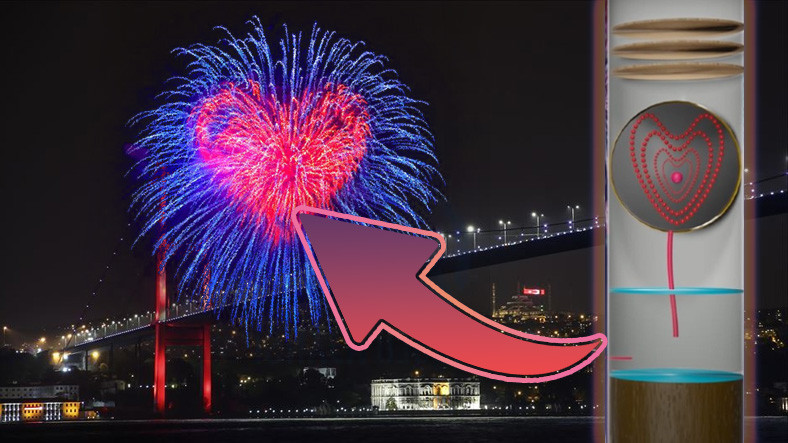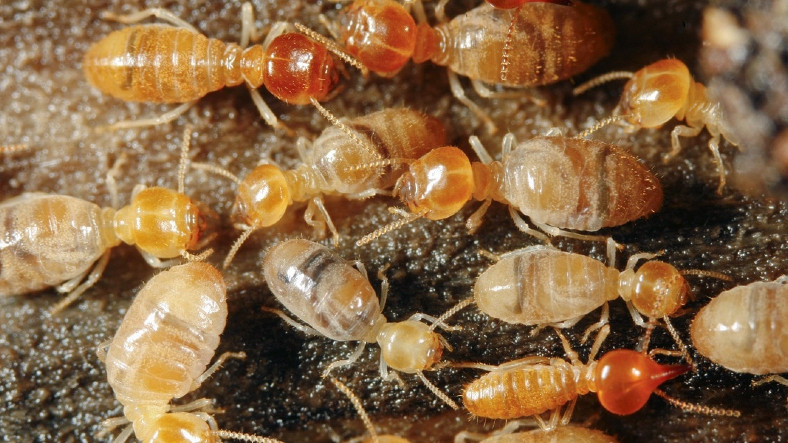many times in our life on public holidaysWe witnessed fireworks displays at concerts, weddings and other special occasions. At every fireworks show we watch with fascination as if we are seeing something like this for the first time. When we are not in the open space, we want to be startled by his voice and then run excitedly to the window or balcony and see the bursts of light reflected in the sky.
But have you ever wondered how these awesome glitter things work and explode in a row into neat shapes? Bride, your fireworks Let’s take a closer look at the history and the answer to this question.
It all started with gunpowder powder stuffed into bamboo shoots.
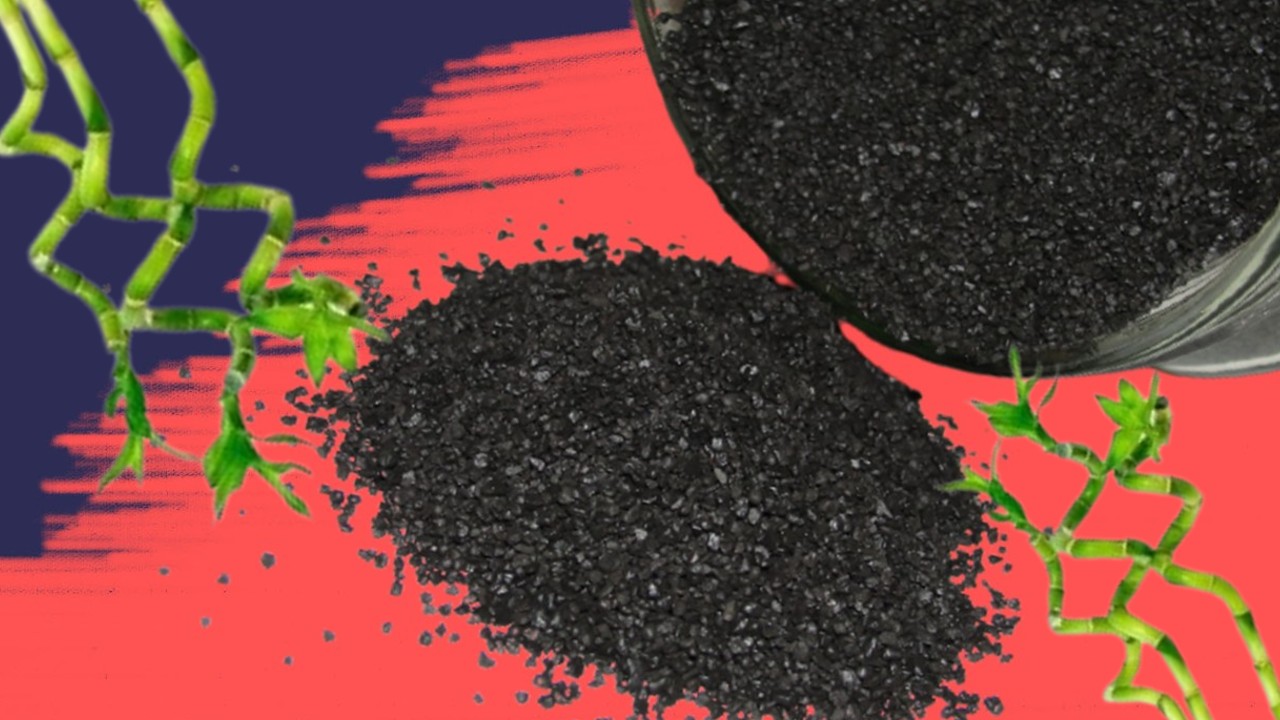
Fireworks from 800 AD on Asian continent It is known to occur (in China, India and the Middle East). In 1295 he first moved to Europe via Marco Polo. It is known to spread to America centuries later. Fireworks, the first versions of which originated with the explosion of gunpowder powder filled in bamboo shoots, evolved into their current versions with the advancement of technology and knowledge over time.
Today too gunpowder is the main character in fireworks. These little black powders are in a mechanism, just like in firearms and missiles. When the wick of the assembly is ignited, it rises into the air and explodes. However, the mechanism does not only change at the first ignition in this riot of colors and light. The powder, which is layered in large cylinder detonators, explodes gradually.
Fireworks cylinders consist of two fuses and several layers filled with gunpowder.
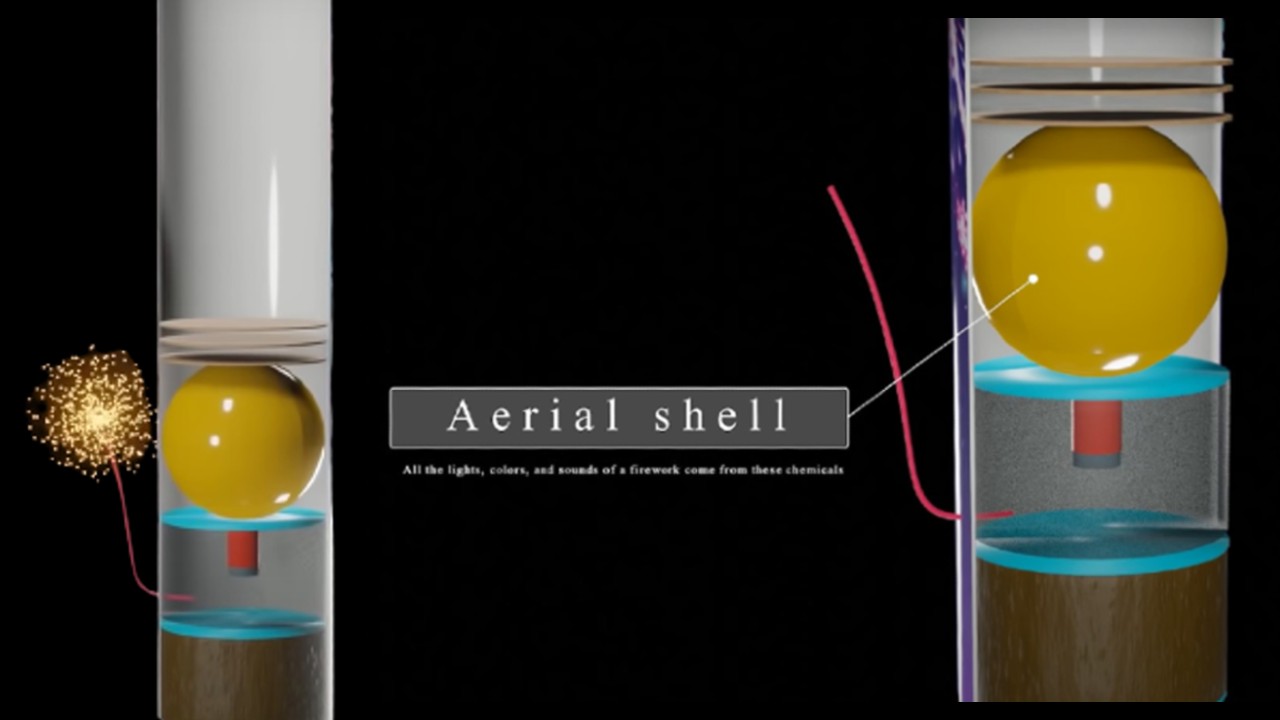
A fireworks layout consists of the following layers respectively. To ensure that the roll assembly stands firmly on the substrate, the mortar layer must be placed on this layer. gunpowder powder There is a fixed part and an ignition fuse that gets to the gunpowder powder from the outside. After a while after the outer fuse is lit, it meets the gunpowder powder inside. In the circular chamber in the middle layer filled with gunpowder fragments; There is another wick embedded in the gunpowder powder inside. It also has several cardboard discs on it.
The real big explosion takes place after the gunpowder ball goes up in the air.
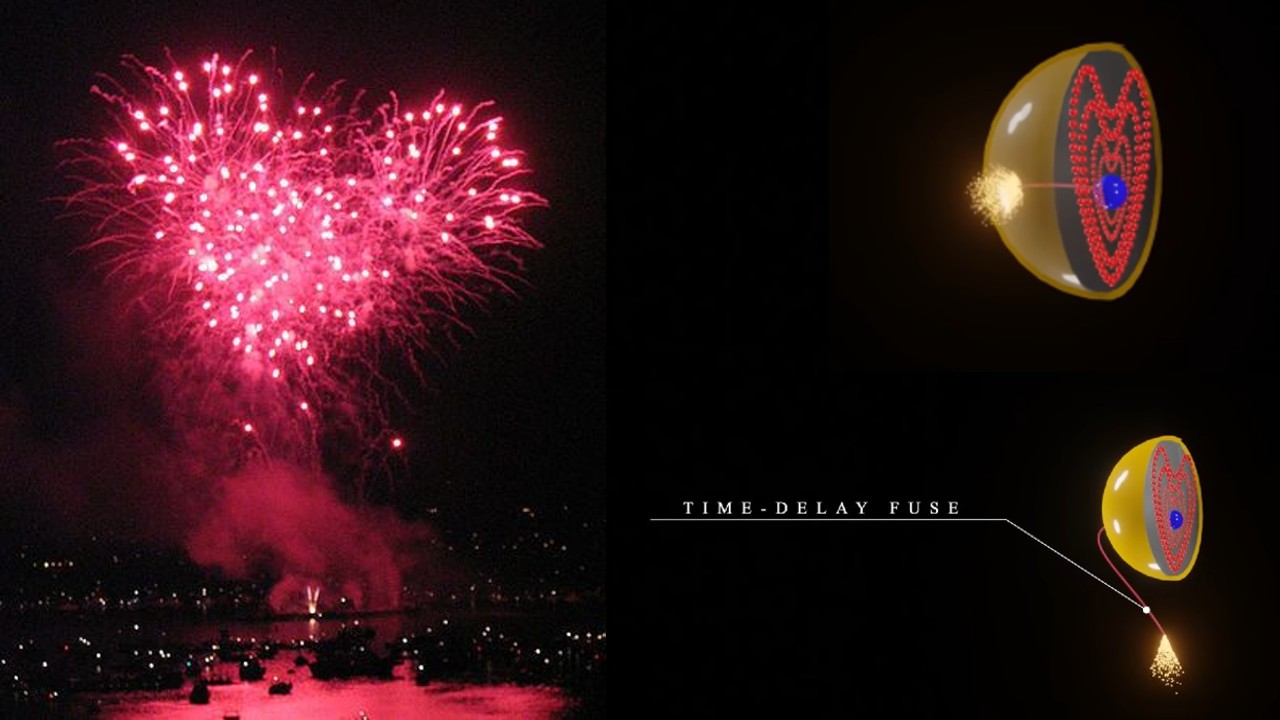
As the fuse embedded in the inner powder is ignited, a large thrust pushes the powder ball in the middle layer upward. With this initial energy released, it moves the cardboard discs on the middle layer and the gunpowder ball exits the assembly and rises into the air. The first explosion is just the actual fireworks. to launch the gunpowder ball like a rocket is happening. In a way, the fuses act like timers. Then, when the fire in the wick meets the powder in the gunpowder ball; more energy is released than the first. This is how the famous fireworks show takes place.
The arrangement of gunpowder in the middle layer determines how the fireworks will look.
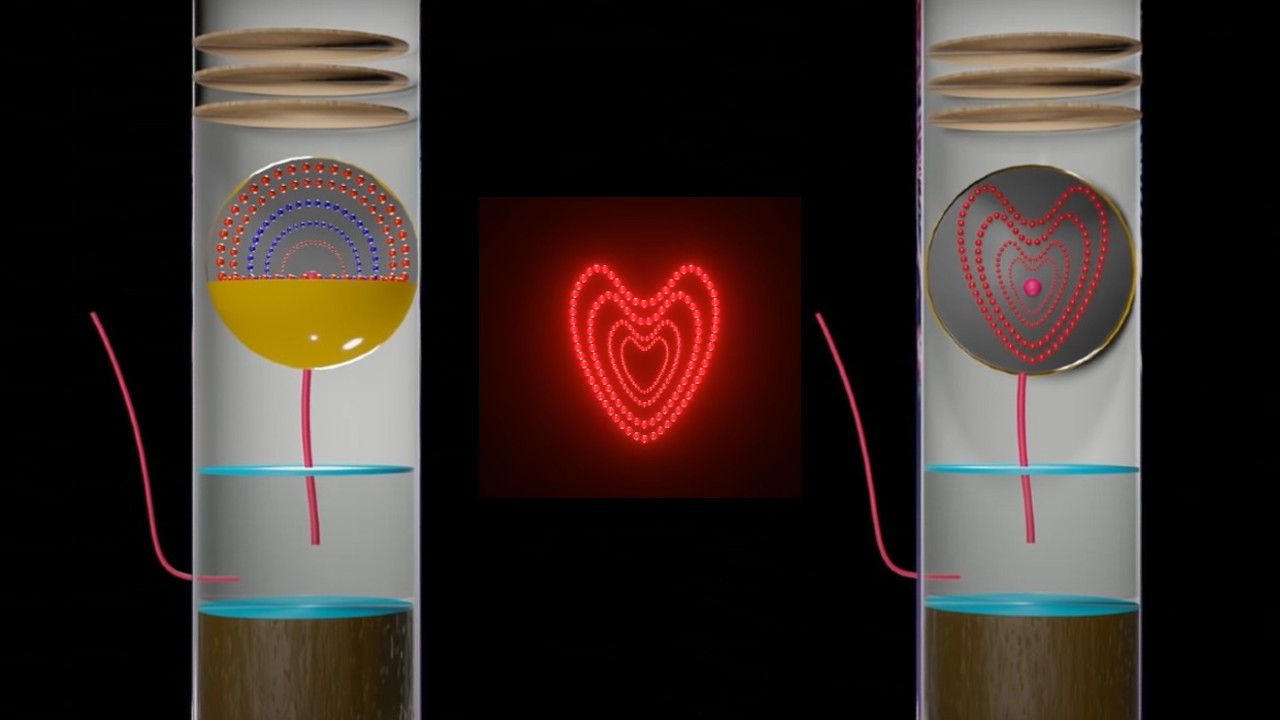
Firework display available in multiple colors and shapes. The shape of the fireworks is related to how the gunpowder is arranged in the thrown gunpowder ball. In order for the fireworks to appear in different colors, it is necessary to surround the gunpowder. copper chloride (blue)Chemicals such as calcium chloride (orange), barium chloride (green) are added. Thanks to the energy released by the explosion that occurred after he ascended to the sky, this color chemicals heats up and the heated molecules, the gunpowder, are arranged in the same way; it appears in the same color as the chemical that creates the color. Let’s explain with an example: if barium chloride is added to the gunpowder arranged in the shape of a heart, we see a green heart shape when the gunpowder explodes.
Here are the behind-the-scenes details of this beautiful visual feast. In this article we told you about the general working principles of fireworks and what they look like in different ways. If you would like to see more such content, please share your thoughts with us.
Resources: HowStuffWorks, Nature.com, Learn the Basics, Archaeophilia







